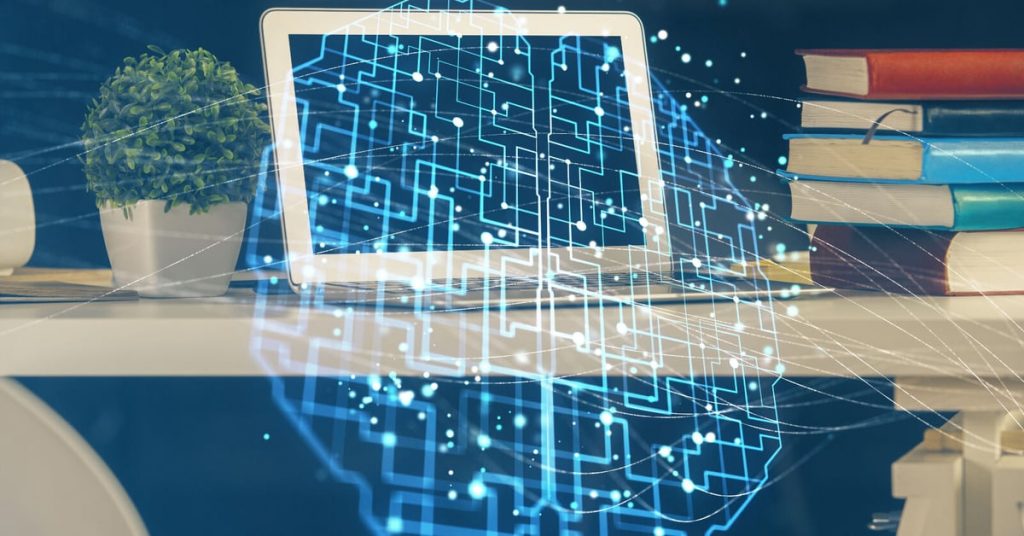
Explore how new technology is making a significant impact on education, from virtual classrooms to personalized learning experiences.
Technology is rapidly changing the landscape of education, bringing about innovative ways to engage students, streamline teaching methods, and enhance overall learning experiences. The integration of new education technology is revolutionizing traditional classroom settings and paving the way for a more digitalized approach to education.
In this article, we dive into the latest trends in education technology that are reshaping the future of learning. From virtual reality simulations to AI-powered learning platforms, these advancements are not only transforming how students learn but also how educators teach.
One of the most significant advancements in education technology is the rise of virtual classrooms and online learning platforms. With the ability to connect students and teachers regardless of physical location, these platforms have made learning more accessible and flexible. Students can now attend classes, participate in discussions, and submit assignments from anywhere in the world.
Online learning platforms offer a wide range of courses and resources, catering to learners of all ages and backgrounds. Whether it’s a high school student looking to supplement their education or a working professional seeking to upskill, these platforms provide a convenient and interactive way to learn.
Artificial Intelligence (AI) is revolutionizing education by enabling personalized learning experiences for students. By analyzing data on student performance and behavior, AI algorithms can tailor lessons to meet individual learning needs. This customization ensures that each student receives the support and resources they require to succeed.
Moreover, AI-powered educational tools can provide real-time feedback to both students and teachers, helping identify areas for improvement and offering targeted interventions. This real-time assessment facilitates a more adaptive and responsive approach to learning, maximizing student engagement and comprehension.
Gamification has emerged as a popular strategy to enhance student engagement and motivation in the learning process. By incorporating game elements such as rewards, achievements, and challenges into educational content, teachers can create interactive and immersive learning experiences. Students are encouraged to actively participate and progress through their studies in a fun and competitive manner.
Games and simulations also allow students to apply theoretical knowledge in practical contexts, fostering critical thinking, problem-solving skills, and collaboration. The interactive nature of gamification makes learning enjoyable and can significantly improve knowledge retention and understanding.
Augmented Reality (AR) and Virtual Reality (VR) technologies are transforming the way students learn by providing immersive and interactive educational experiences. AR overlays digital information onto the real world, allowing students to explore virtual objects and environments in a tangible way. On the other hand, VR creates fully immersive simulations that transport students to different locations or time periods.
These technologies enable students to engage with complex concepts, such as scientific phenomena or historical events, in a way that traditional methods cannot replicate. By experiencing learning in a visual and interactive manner, students can develop a deeper understanding of the subject matter and retain information more effectively.
In an increasingly globalized world, remote collaboration and communication tools play a crucial role in facilitating effective learning environments. Platforms such as video conferencing, instant messaging, and shared document editors enable students and teachers to interact seamlessly, regardless of distance or time zones. These tools promote collaboration, teamwork, and communication skills among students, preparing them for the digital workplace.
Furthermore, remote collaboration tools streamline the process of group projects and discussions, allowing for real-time sharing of ideas and feedback. By breaking down geographical barriers, these tools foster a sense of community and support collaborative learning experiences.
Adaptive learning systems leverage AI technology to provide personalized learning experiences tailored to each student’s strengths and weaknesses. By continuously assessing student performance and adjusting the difficulty of tasks, these systems can optimize learning outcomes and ensure that students remain challenged yet supported throughout their educational journey.
These AI-driven platforms track student progress, identify learning gaps, and offer targeted resources to address specific needs. By adapting to individual learning styles and paces, adaptive learning systems enable students to learn at their own speed and level, promoting better comprehension and retention of knowledge.